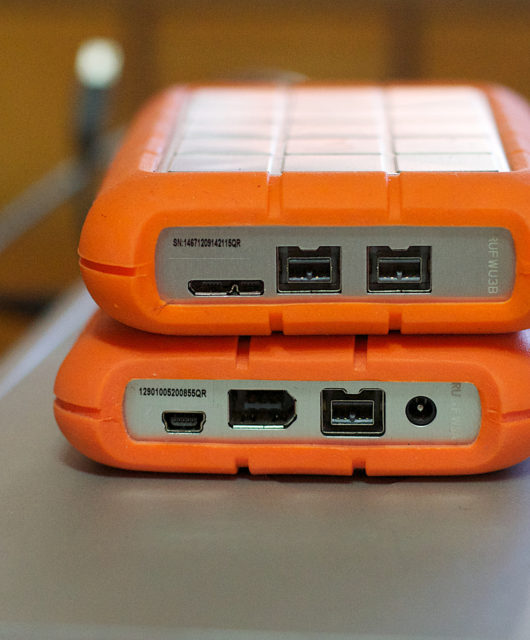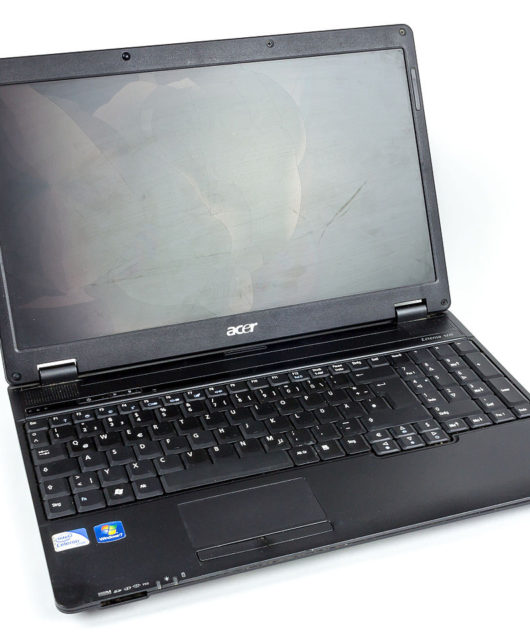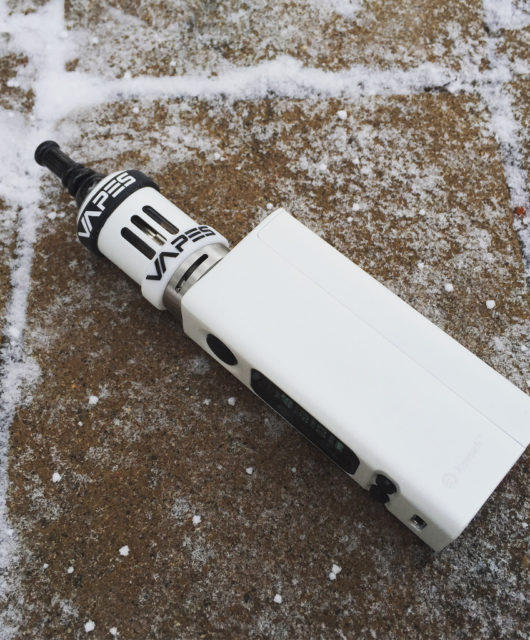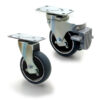Clean Rooms Ovens Offer the Highest Safety Standards for Laboratories
 There is a long list of standard equipment needed to outfit a research, clinical or forensic laboratory and a laboratory oven is one of the most critical pieces of equipment on the list.
There is a long list of standard equipment needed to outfit a research, clinical or forensic laboratory and a laboratory oven is one of the most critical pieces of equipment on the list.
Depending upon the type of laboratory and its aims, this will determine the type of oven that needs to be installed.
Unlike standard cooking ovens, laboratory ovens are designed to produce absolute uniformity of temperature at every point. They are often placed within the close proximity of custom fume hoods, which allows any gases or fumes released from the oven during operation to be safely captured and vented by the fume hood — this helps minimize exposure risks.
The best part is that lab ovens come in different varieties: from gravity (natural), and mechanical (forced) to convection and vacuum pump, one can find it all. Some labs require ovens with greater temperature uniformity, stability and accuracy capabilities, and for this reason advanced protocol ovens are available to meet these more demanding requirements. There are also specialized ovens called clean room ovens that have additional features needed to meet the stringent requirements of a clean room.
Types of Lab Ovens
Convection Ovens
All lab ovens are convection ovens and are used for various applications including drying, baking, sterilizing, pre-heating, and, incubation. In these ovens, the heating element is not located within the specimen chamber of the oven, but in a separate external envelope to prevent radiant heat from affecting the specimen in the oven. Heat is transferred through the walls resulting in a temperature hot enough to heat and dehydrate a specimen. There are several types of convection ovens used in labs, including:
Gravity Convection Ovens: Gravity convection ovens are the low cost option for lab ovens. They circulate air by natural convection. They are great at aiming their heat but not great at precise heat uniformity. As hot air moves up through the oven, its gentle movement keeps temperatures fairly uniform within a chamber and quite uniform in any particular location.
Mechanical Convection Ovens: Mechanical convection ovens use a recirculating fan to reintroduce heat into the oven chamber. The result is that there is a larger area of consistent and uniform heat.
Forced Convection Ovens: Forced convection ovens make great sample drying ovens because of their use of adjustable vents and forced exhaust. Heated air is forced through the heating chamber with the use of fans throughout the chamber. Heat up is very rapid and so are recovery times and there are very few temperature variations within the oven chamber.
Forced Exhaust Ovens: If the lab has the need for an oven that can remove fumes quickly from the oven chamber, a forced exhaust oven is the best choice. Forced air is pushed through the working chamber by a fan, and dispersed through an adjustable vent. These ovens move much more air than other types of convection ovens.
Side Draught Ovens: Side draught ovens excel at providing even air flow and quick heat up by circulating air from left to right rather than up and down like other convection ovens.
Vacuum Drying Ovens: Used for delicate drying processes that require a lack of atmosphere or inert atmosphere. Vacuum drying ovens introduce dry air into the chamber within a short time, which absorbs humidity and is immediately extracted by the vacuum pump.
Clean Rooms Ovens: Clean room ovens are designed to meet the strict requirements of clean process applications. These ovens contain HEPA filters to filter out ant particulate matter that may escape from the oven so as not to contaminate the clean room environment. They are also the highest quality ovens with the most features.










